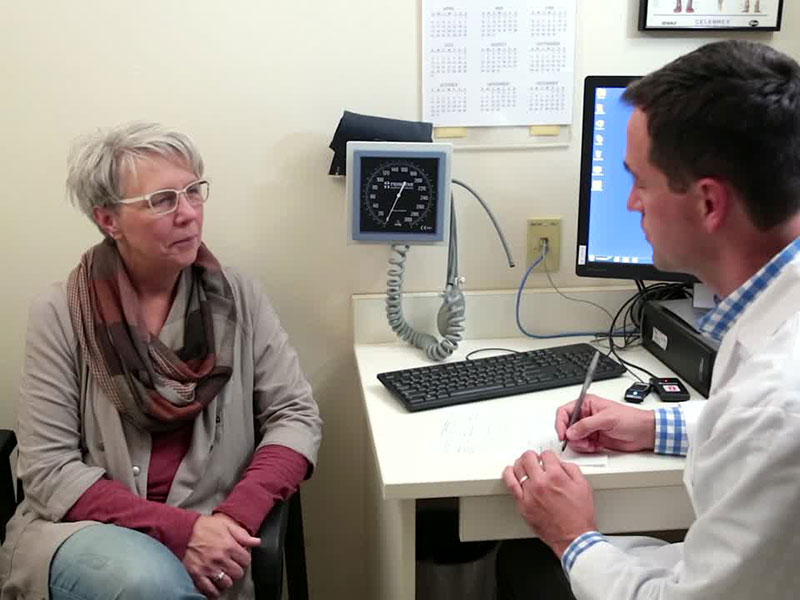What is a total joint replacement?
Total joint replacement is a surgical procedure where portions of a damaged joint are removed and replaced with a metal, plastic or ceramic device called a prosthesis, which moves like a healthy joint. It is one of the most common surgeries patients with joint pain or arthritis (inflammation or degeneration of the joints) choose to have. The most common types of total joint replacement are hip and knee replacements, but total joint replacement surgery is available for other joints, including the shoulder and elbow.
When would someone consider total joint replacement surgery?
Wear and tear, injury and many conditions can damage the joints and result in joint pain, stiffness and difficulty moving. If nonsurgical treatments, such as medication, physical therapy and activity changes, have not helped improve pain significantly or if symptoms become too severe, a patient may consider total joint replacement surgery or have total joint replacement surgery recommended by a specialist to relieve pain and restore movement.
How does someone prepare for total joint replacement surgery?
In the weeks prior to surgery, the orthopedic surgeon will help the patient prepare for the upcoming procedure. At Sanford Health, a nurse navigator customizes a care plan that is unique to the patient’s needs and situation. This plan will discuss risk factors, such as weight, diabetes, heart conditions and smoking, that may affect recovery, as well as steps to prepare before surgery, on the day of surgery and after surgery. The goal is to have a safe and successful surgery and recovery, so the orthopedic and sports medicine team work together to ensure each patient feels confident and prepared.
What does recovery from a total joint replacement look like?
Recovery and rehabilitation are different from person to person. Physical therapists work directly with a patient and their doctors and specialists to determine specific exercises and therapy options that will help restore movement and strengthen the joint. It is very common for patients to experience temporary pain in the replaced joint due to weakness of the surrounding muscles as a result of inactivity. As the body adjusts to the new joint, the tissues continue to heal, and pain should resolve within a few months.
What is the long-term outcome of total joint replacement surgery?
The majority of patients experience significant improvements in movement and in performing daily activities without problems after a total joint replacement. The prosthesis is effective long-term, providing many years of improved quality of life with less pain, better motion and increased strength.
Learn more
- Grateful patient sees long-term benefits after knee surgery
- Diligent rehab after knee replacements pays off
- Reclaiming independence after hip replacement surgery
…
Posted In Bismarck, Orthopedics, Specialty Care, Sports Medicine
